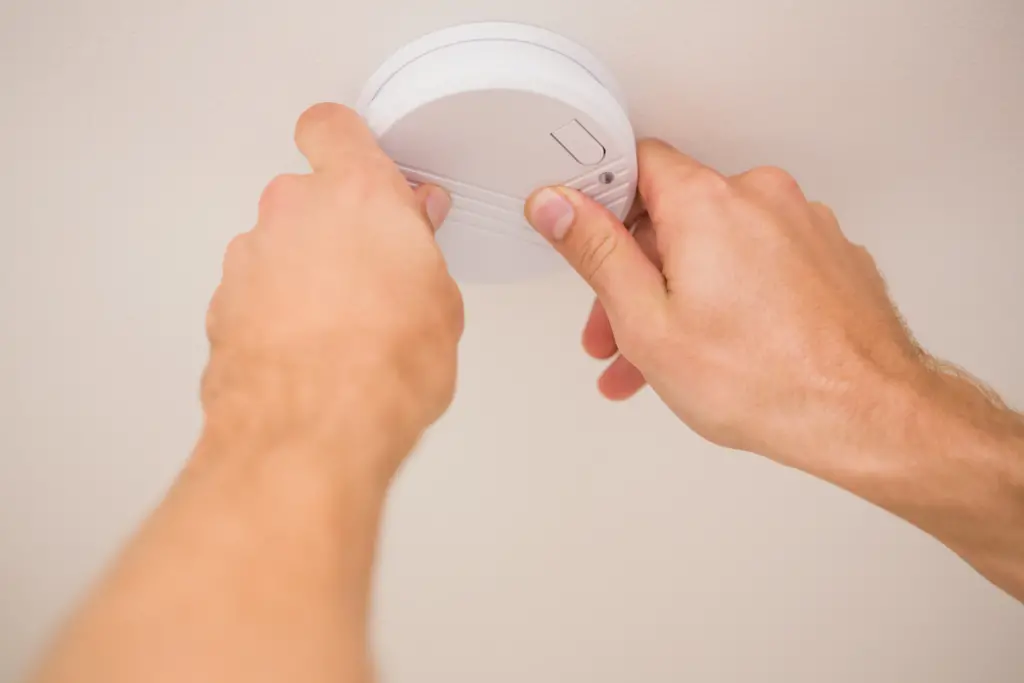Understanding NSPIRE Inspections: Smoke Detectors

In this article we’re zeroing in on an essential component of home safety: smoke detectors. With recent changes and upcoming requirements, it’s vital for property owners and managers to stay informed and prepared.
Recent Legislative Changes and What They Mean for You
A pivotal law recently passed mandates significant changes to smoke detector requirements by the end of 2024. Under the new regulation, properties must transition to either hardwired smoke detectors or those powered by 10-year sealed batteries. This update is part of the Public and Federally Assisted Housing Fire Safety Act of 2022, which specifically targets federally assisted housing units.
Effective December 29, 2024, 9-volt battery-operated smoke detectors are no longer permissible. The shift is towards more tamper-resistant units to ensure ongoing operational integrity. Thus, opting for the specified compliant models will not only make your HATC assisted unit compliant with the new requirement but also align with safety best practices.
After December 29, 2024, smoke detectors must be either hard-wired or have a sealed 10-year tamper-resistant battery, to pass Housing Quality Standards (HQS), as required under the Consolidated Appropriations Act. They must also be installed in each bedroom and outside each sleeping area in the immediate vicinity of the bedrooms. For specific info on where to install smoke detectors, please visit the WA State Legislature’s website at www.leg.wa.gov.
Please note, 9-volt batteries are still acceptable if the detector is hard-wired.
NSPIRE vs. HQS: The Shift in Standards
The NSPIRE (National Standards for the Physical Inspection of Real Estate) protocol introduces more rigorous standards compared to its predecessor, HQS. A notable area of enhancement is the requirement for smoke detectors, which now must be installed:
- Outside each bedroom area
- Inside every bedroom
- On every level of the residence, including non-bedroom floors
For instance, a three-bedroom apartment would require a smoke detector in the common hallway, one in each bedroom, and additional units on all other living levels of the home, ensuring comprehensive coverage.
Please note NSPIRE has been postponed and does not take effect until October 1, 2025, but the smoke detector update remained scheduled for December 29, 2024.
Installation Guidelines to Avoid Common Pitfalls
Correct installation is just as vital as the devices themselves. For ceiling-mounted detectors, ensure there is a minimum distance of four inches from the wall to avoid inefficiencies in smoke detection. Conversely, wall-mounted detectors should be placed no closer than four inches and no further than 12 inches from the ceiling. Installing a detector 18 inches from the ceiling, for example, will be identified as a deficiency under NSPIRE standards.

When a smoke detector is mounted outside a bedroom, it must be positioned no more than 21 feet from any bedroom door. Additionally, if a smoke detector installed outside a bedroom is separated from an adjacent living area by a door, a smoke detector must also be installed on the living area side of the door to ensure optimal safety and compliance with NSPIRE standards.
Embracing the Future of Safety
The transition to more reliable smoke detection technology is a significant step forward. By adhering to the updated requirements, property owners and managers not only comply with the law but also contribute to creating safer living environments.
Useful links
NSPIRE Final Standards Published: Smoke Alarms
H.R.7981 – Public and Federally Assisted Housing Fire Safety Act of 2022
National Standards for the Physical Inspection of Real Estate: Inspection Standards
